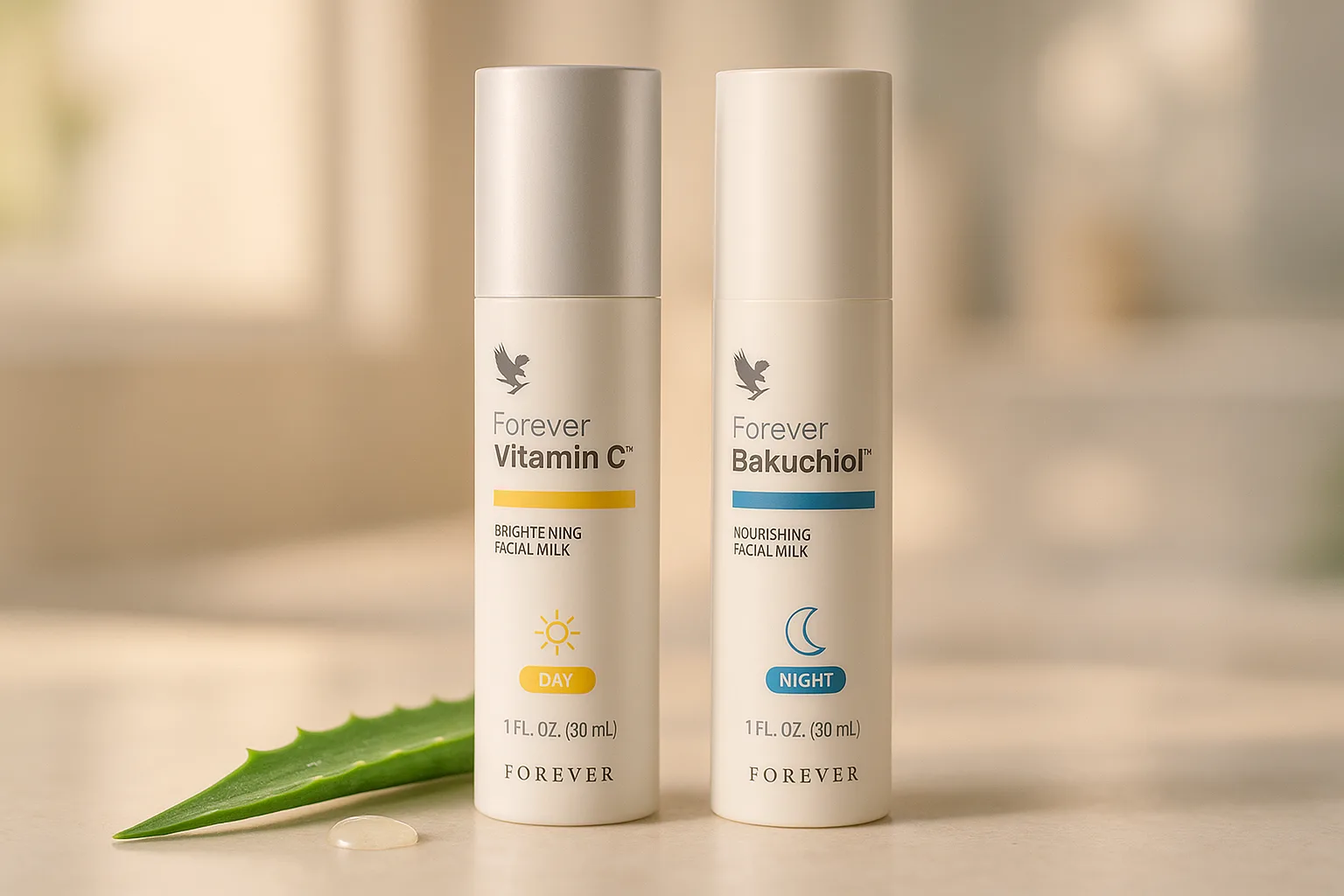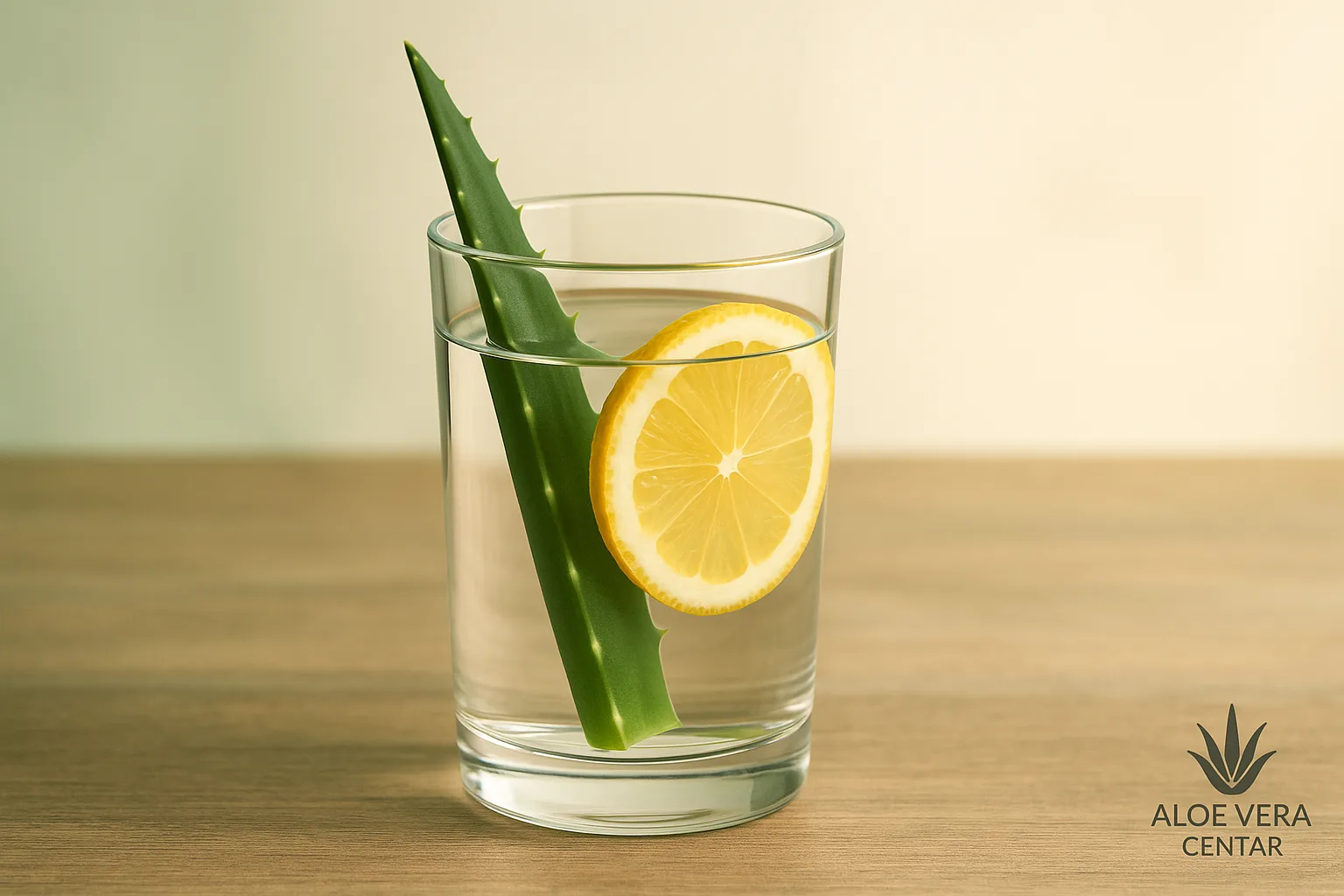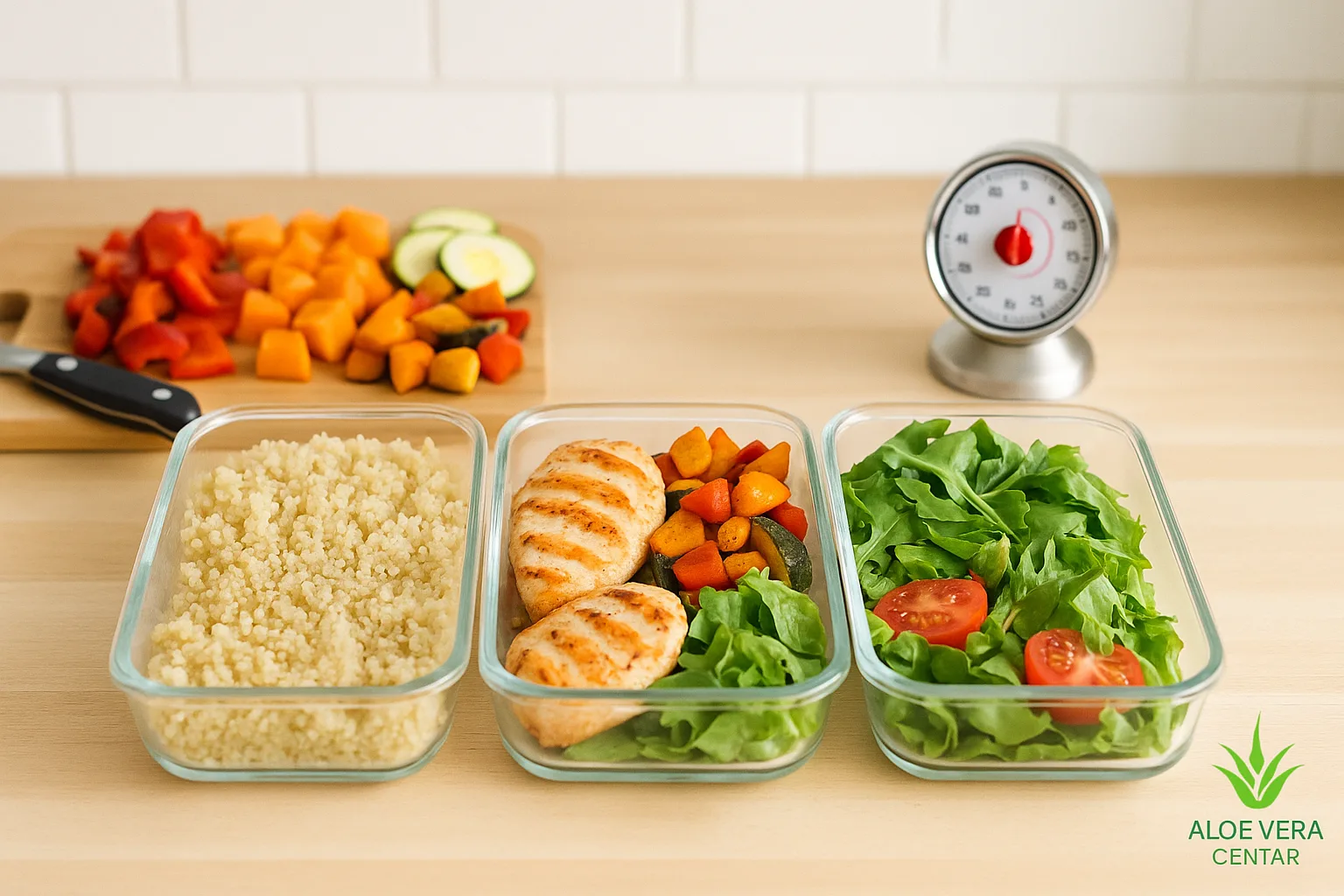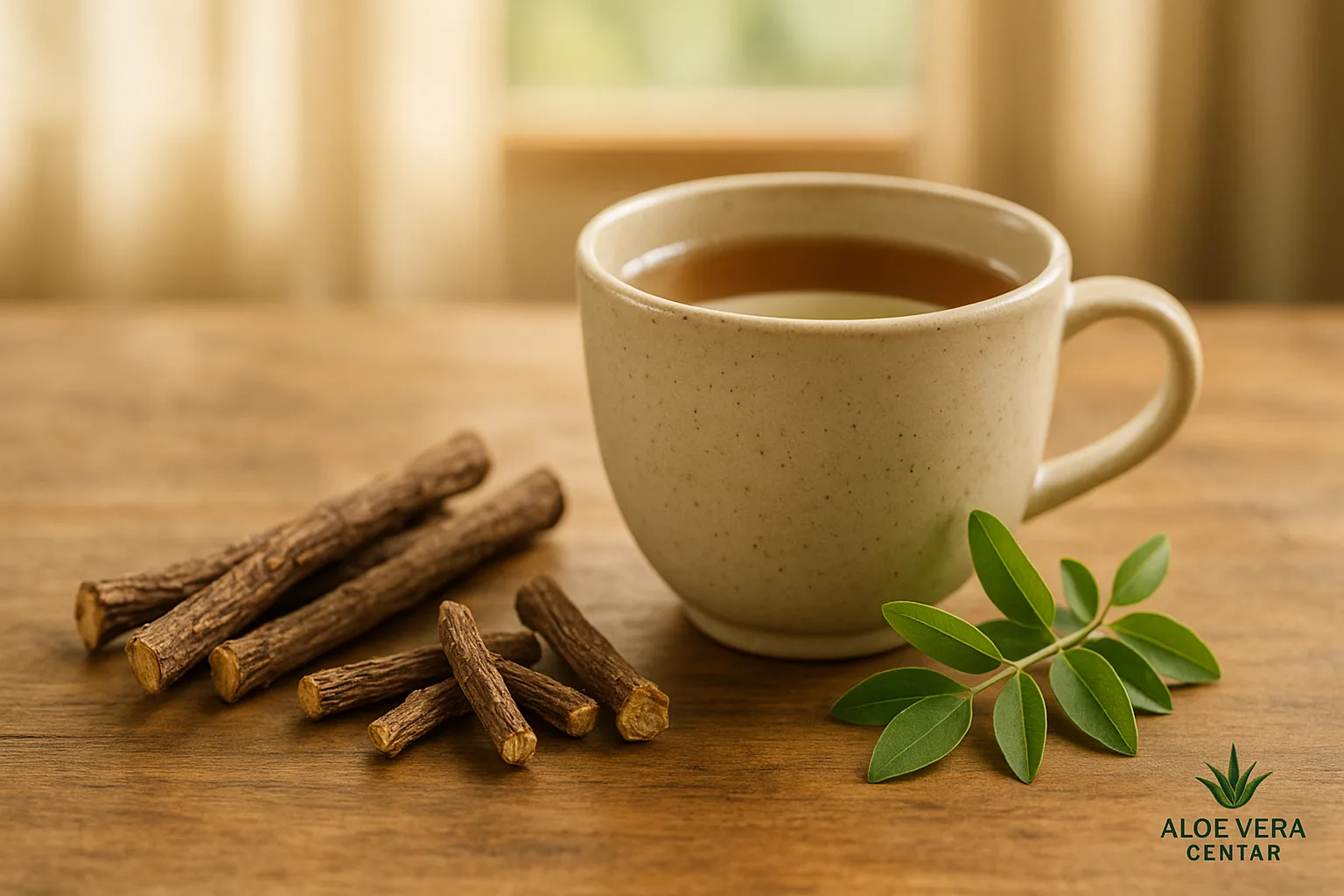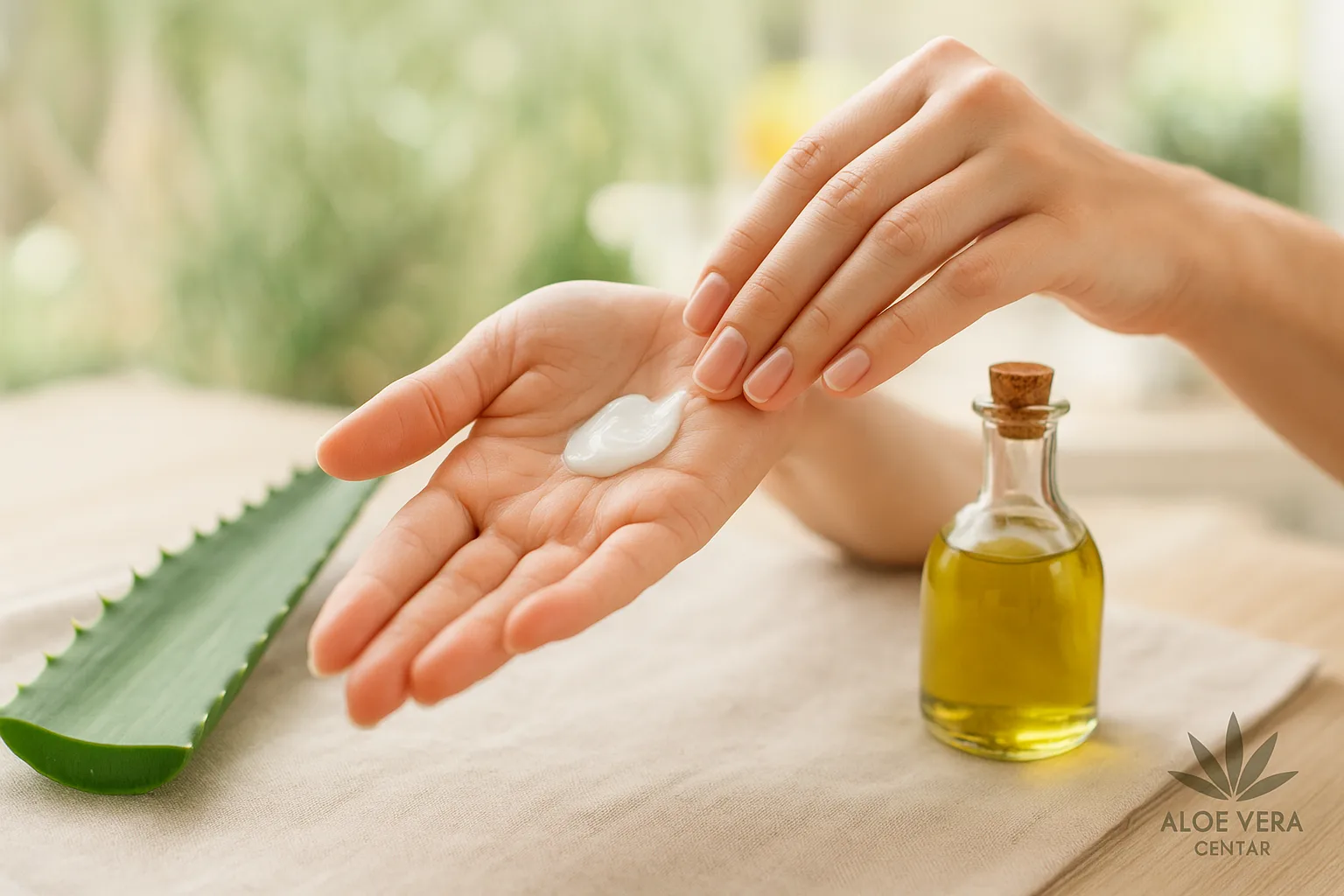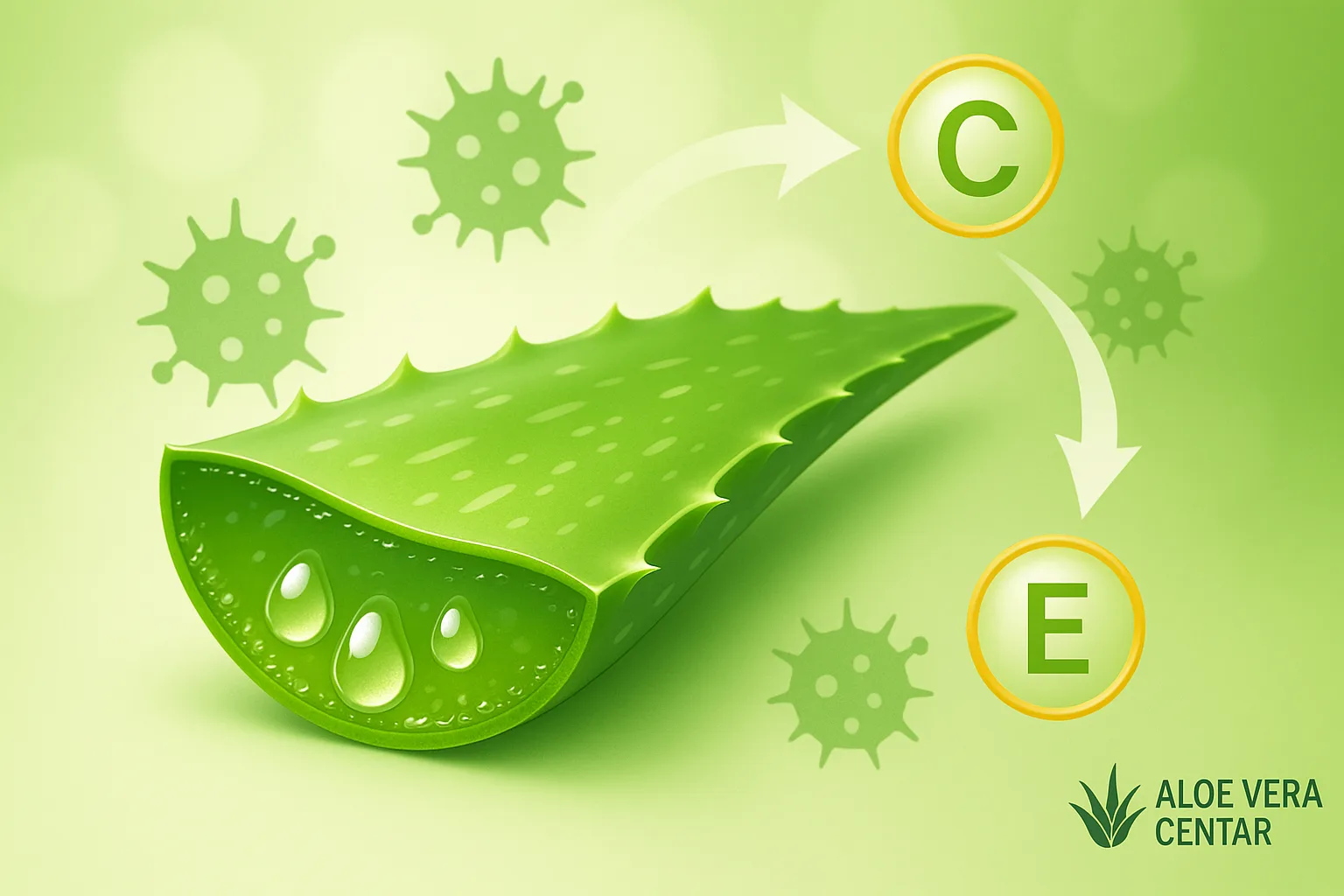
Children with ADHD: Calming Techniques, Nutrition, and Support
Children with ADHD: Natural Calming Techniques, Smart Nutrition, and Comprehensive Support
ADHD – or Attention Deficit Hyperactivity Disorder – is increasingly mentioned in classrooms, parent meetings, and pediatric offices. Perhaps you, dear reader, have noticed that your little one has endless energy, quickly loses focus, and has trouble calming down in the evening. If this concerns you, stay with me: in this guide, we’ll discover proven calming techniques, strategically planned meals, and supplements that can make daily life easier for both the child and the whole family.
What Does Living with ADHD Really Mean?
ADHD isn’t the result of “poor parenting” nor is the child intentionally inattentive. It’s a neurobiological difference that affects impulse regulation, arousal levels, and dopamine processing in the brain. According to the U.S. Centers for Disease Control, nearly 10% of school children have clinically confirmed ADHD. In Croatia, official statistics vary, but pediatricians have noted an increase in diagnosed cases in recent decades.
Key signs that parents most commonly notice include:
- restless hands and feet in situations requiring stillness
- switching conversations “from topic to topic” within seconds
- frequently forgetting everyday items (homework, pencil case, sports equipment)
- impulsively answering before questions are completed
When we receive a diagnosis, it’s crucial not to panic. ADHD is a challenge, but with timely support, children can develop exceptional creativity, persistence, and empathy. So let’s take it step by step…
Calming Routines and Techniques that Really Work
1. “Four-Four” Breathing
Here’s the thing: when breathing slowly and deeply, it activates the parasympathetic nervous system which reduces physiological arousal. Teach your child the “four seconds inhale – four seconds exhale” exercise and turn it into a game of blowing bubbles or imagining a candle. If additional encouragement is needed, a gentle spray of Aloe First on wrists and neck will refresh the skin and provide an aromatic reminder for the little hero to “slow down.”
2. Micro-breaks for Brain “Reset”
Children with ADHD often have shorter attention spans. Instead of insisting on an hour of sitting, break homework into 15-minute blocks, and insert micro-breaks in between: jumping in place, stretching, or using a favorite “sensory box” with a stress ball.
3. “Heavy Blanket” Technique for Evening Calming
Weighted blankets create deep pressure that mimics a hug and helps the body release serotonin. If a blanket isn’t an option, massaging feet with warm Aloe Vera Gelly can achieve a similar calming effect – while the skin benefits from hydration.
You might wonder why? Children with ADHD often have heightened tactile sensitivity; properly dosed pressure or hot-cold sensations send signals to the brain that the environment is safe and it can “release the brakes.”
The Power of Smart Nutrition
Food is fuel, but also a biochemical instrument that modulates neurotransmitters. Research has found that children with ADHD often have lower levels of omega-3 fatty acids, magnesium, and zinc.
Macronutrients for Stable Energy
– Proteins (turkey, eggs, lentils) extend satiety and stabilize glucose levels.
– Complex carbohydrates (quinoa, oats) release energy more slowly, preventing sudden “peaks” of hyperactivity.
– Healthy fats (avocado, nuts) nourish the brain.
Omega-3 Fatty Acids – the Brain’s Little Big Friend
DHA and EPA are building blocks of brain membranes. Just 300mg of DHA daily can improve attention test results. In practice, this means 2 servings of oily fish weekly or a teaspoon of flaxseed oil daily. Parents seeking a more practical solution often turn to Forever Arctic Sea Omega capsules as they combine DHA, EPA, and oleic acid from olive oil.
Watch out for Hidden Sugars
Sounds too good to be true? Keep reading… Eliminating refined sugar even for 14 days can reduce sudden mood changes.
Dietary Supplements that Can Provide Additional Support
Before taking any supplements, talk to your pediatrician, but many parents’ experience shows that the following preparations make sense:
- Forever Kids Multivitamins – colorful “candies” without artificial colors, with added zinc and choline for brain development.
- Forever Focus – combines green tea extract, B-vitamins, and lutein; ideal for teenagers under school pressure.
- Forever Absorbent C – vitamin C bound to oat bran for gradual release, helping reduce inflammation associated with hyperactivity.
Want a personalized plan? Use our AI advisor – responds within a minute and helps create a routine tailored exactly to your child.
School and Home Environment: Team Play for Success
Since ADHD doesn’t stop at the front door, it’s important that parents, teachers, and the child work as one. Set clear rules: for example, a task checklist on the fridge and a brief feedback conversation at the end of the day.
Teachers can offer:
- seating in the front rows (fewer distractions)
- dividing tests into shorter sections
- a discrete signal (touch on the back) when the child loses focus
Don’t forget emotional support: regular conversations about feelings reduce anxiety and build self-confidence. A practical tool? A gratitude journal where the child writes three nice things from the day every evening.
The Role of Aloe Vera in a Holistic Approach to ADHD
Aloe vera has long been synonymous with skin care, but more studies are exploring its prebiotic potential. Healthy gut microbiota is linked to better neurotransmitter regulation, so it’s no surprise that parents offer children a spoonful of Forever Aloe Vera Gel before breakfast. Simultaneously, topical application of the gel soothes skin irritations that often go hand in hand with anxious scratching.
Frequently Asked Questions
1. Can Elimination Diets Reduce ADHD Symptoms?
Eliminating refined sugar and artificial colors often reduces hyperactivity, but apply restrictive diets only under nutritionist supervision to avoid compromising child growth.
2. Is it Safe to Use Omega-3 Supplements Daily?
Yes, but watch the total intake of vitamins A and D if the child already consumes fish oil. Follow the doses recommended on the Forever Arctic Sea Omega packaging.
3. How Quickly Can I Expect Results after Introducing New Routines?
First improvements in concentration and sleep may appear after two weeks, but more stable progress is usually seen over 8-12 weeks of consistent technique application.
Conclusion: Small Steps, Big Progress
Children with ADHD aren’t a “problem” to be fixed, but wonderful world explorers. When we offer them structured routines, quality nutrition, and compassionate communication, their energy transforms into a creative superpower. So today, choose one new technique from this article and try it before bedtime. If you need additional help, feel free to use our AI advisor or take advantage of the 15% discount on first orders of supplements that support focus and calmness. Want to see a smile of satisfaction on your child’s face? Start now – and turn today’s challenge into tomorrow’s advantage.
For additional inspiration in supporting a child with ADHD, we recommend reading the article about personality and character – because understanding temperamental differences can facilitate parenting strategy. If you want to combine mental focus with physical exercise, check out the guide on training without music, where breathing and form take center stage.
Parents often ask how to deal with stress – both their own and their children’s. Find answers in articles about natural relaxation methods at work and recognizing stress in children. And for evening calming of the whole family, try a cup of Aloe Blossom Herbal Tea – a natural ritual that brings peace and easier sleep.
Note: The information in this text serves educational purposes and is not a substitute for professional medical advice. For individual recommendations, consult a pediatrician or qualified nutritionist.

